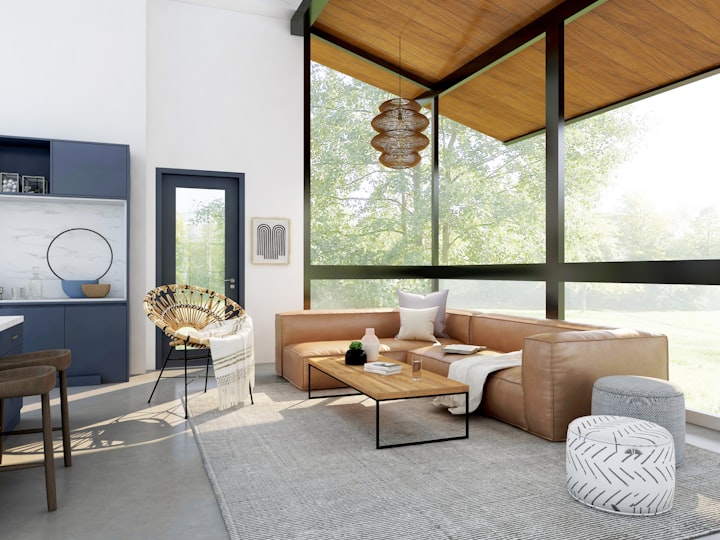How to become professional interior designer
nterior design is a creative and dynamic profession

Interior design is a profession that involves designing and decorating interior spaces of buildings to create functional, aesthetically pleasing and comfortable environments. It is a creative and dynamic profession that requires a combination of technical, artistic, and communication skills. Becoming a professional interior designer involves several steps, including education and training, gaining experience, building a portfolio, keeping up with trends, building your brand, being original, and maintaining professionalism.
Education and Training
To become a professional interior designer, obtaining formal education and training is crucial. There are various educational programs that one can pursue, including diploma, degree, or certification programs. One can choose from universities, community colleges, design schools, or online courses.
When selecting a program, consider the accreditation, curriculum, faculty, facilities, resources, and cost. Accreditation ensures that the program meets certain quality standards and prepares one for professional practice. The curriculum should cover essential topics such as design theory, history, space planning, materials, lighting, color, and sustainability. The faculty should have relevant education, experience, and expertise in the field. The facilities should provide access to design studios, computer labs, libraries, and equipment. The resources should include internship, job placement, and professional development opportunities. The cost should be reasonable and affordable.
During the course of your education, you will learn various design principles and techniques, such as how to create floor plans, elevations, and perspectives, how to select materials and finishes, and how to use software tools such as AutoCAD, SketchUp, or Revit. You will also have the opportunity to work on design projects individually or in teams, receive feedback and critique, and develop your design skills and style.
Gain Experience
In addition to education, gaining practical experience in the field is essential to becoming a professional interior designer. One can intern or work for established interior design firms, architects, or builders to learn on-the-job skills and gain exposure to the industry. Volunteering for non-profit organizations, homebuilders associations, or community events is another way to gain exposure and network with potential clients.
During the internship or job, one will have the opportunity to work on real projects, interact with clients, suppliers, and contractors, and learn about the business side of interior design, such as budgeting, scheduling, and project management. One will also learn about industry standards and regulations, such as building codes, fire safety, accessibility, and environmental sustainability.
Volunteering can also provide valuable experience and exposure. One can participate in events such as home shows, charity auctions, or community service projects to showcase their skills and creativity. One can also network with other professionals, potential clients, and referral sources who may offer future opportunities.
Build a Portfolio
A professional portfolio is a collection of your best design work that showcases your skills, creativity, and style. It is an essential tool to demonstrate your capabilities to potential clients and employers. Your portfolio should be well-organized, visually appealing, and tailored to your target audience.
Your portfolio should include a variety of design projects, such as residential, commercial, or hospitality spaces, to demonstrate your versatility and expertise. You should also include sketches, drawings, renderings, photos, or 3D models of your designs to showcase your technical skills and attention to detail. You can use software tools such as Adobe Creative Suite or Canva to create a visually stunning portfolio.
When creating your portfolio, make sure to avoid plagiarism by creating original designs that reflect your creativity, style, and expertise. You can use references and inspiration sources appropriately, but do not copy others' work without permission. Plagiarism is not only unethical but also illegal and can damage your reputation.
Keep Up with Trends
Interior design trends and technologies are constantly evolving, and it is crucial to stay updated
About the Creator
Suraj Bindra
I am an experienced interior designer with a passion for creating beautiful, functional spaces. With over 10 years of experience, Suraj has helped clients transform their homes and businesses into stunning environments.






Comments
There are no comments for this story
Be the first to respond and start the conversation.